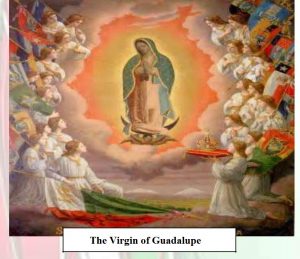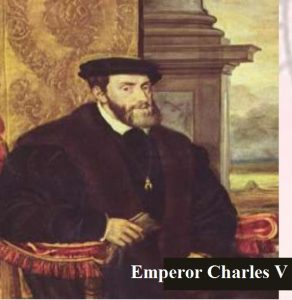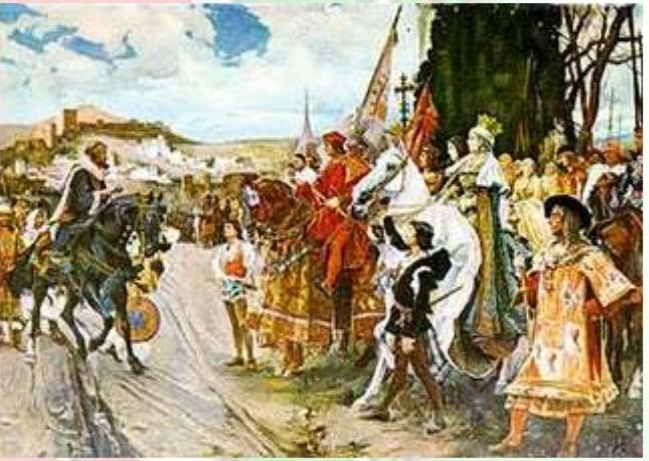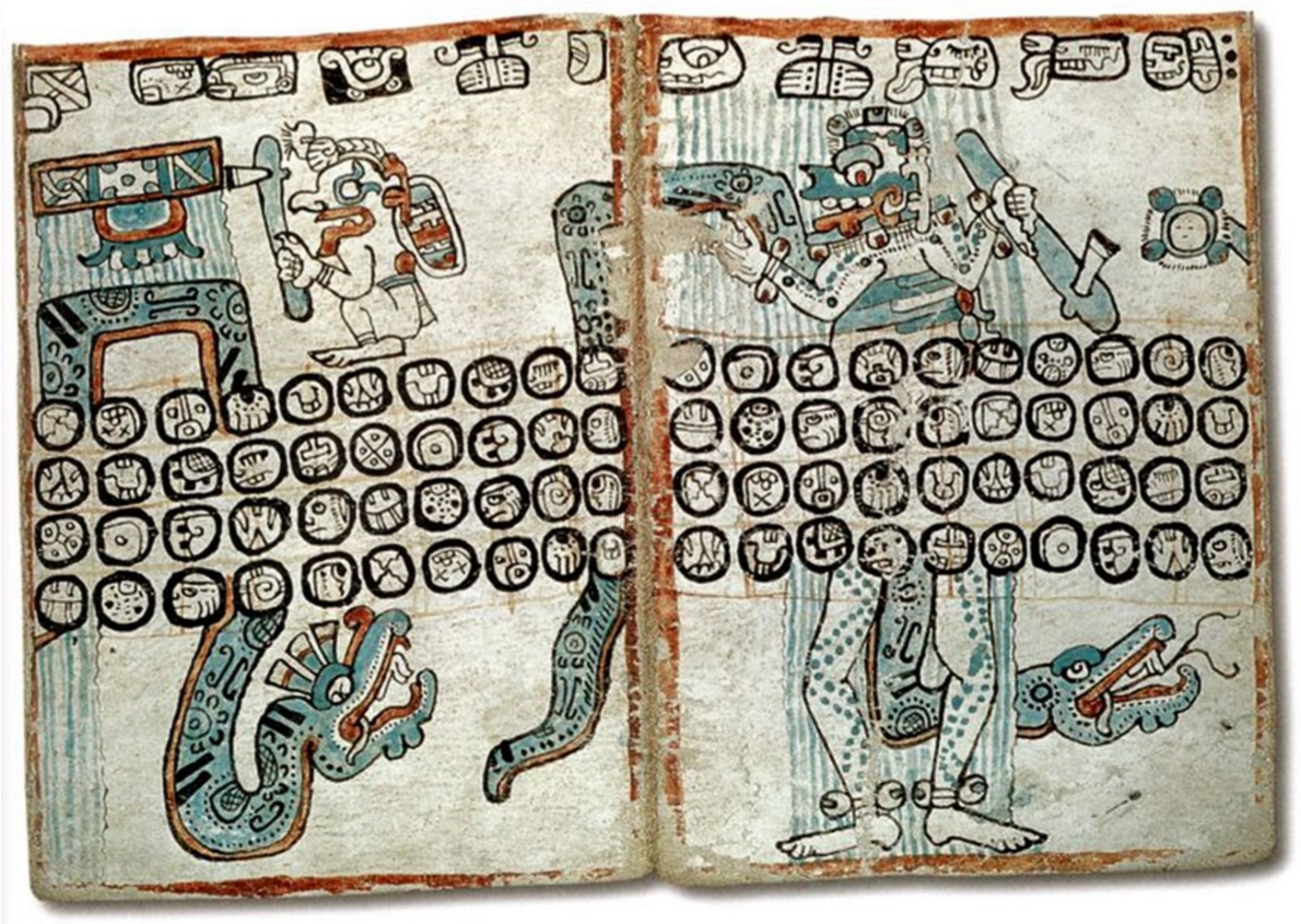By David Fritzpatrick from the Feberuary 2011 Edition
The exploration of the new world came at a crucial time in the history of Spain. After struggling for many centuries, the Spaniards had finally thrown off the yoke of the Arabs who had occupied Spain for 800 years. In a momentous concurrence of events, the liberation of Spain from foreign domination and the discovery of the New World both came in the year 1492.
The long war, with its heavy religious overtones (the Spanish had resisted conversion to Islam for fully 800 years.) gave rise to a fervent, almost fanatical Christianity. This strong religious sentiment had several profound consequences, some positive; others less so. The Inquisition, for instance, although set in motion by the Vatican, found its most virulent expression in Spain immediately following the defeat of the Moors. On a more benign level, the Spanish Church was inspired with a missionary zeal which found its most natural expression in the newly discovered lands in America. The “Crusade” to Christianize America had the full support of the Crown: following the expulsion of the Arabs, the Pope had granted the Crown control over the Church in Spain. Both the Emperor Charles V (1515 – 1555) and his son Philip II (1555 – 1598), accepted this charge as a personal mission to spread Christianity for which they felt directly responsible to God.
Accordingly, the missionary orders were granted a special status outside the hierarchy of the Church, responsible only to their own Superiors who, in turn, answered only to God (or to the King, upon occasion).

Imbued with an intense religious fervour engendered by this super-charged atmosphere at home, the missionaries arrived in Mexico on the heels of the Conquistadores. The Franciscans, sent out at the request of Cortez, made their first appearance in 1523, in the immediate aftermath of the conquest (1519 – 1520). They were followed by the Dominicans (1525), the Augustinians (1535), and much later, the Jesuits (1571). By 1559, there were over 300 Franciscan Friars at 80 missions throughout Neuva Espana. During the three centuries of Spanish rule, some 12,000 Churches were built.
The Fathers of the Church came with one idea in mind: to convert the Indians and save their souls. But, faced with unexpected circumstances on the ground, they rapidly re-oriented their mission in other directions.
They fortuitously fell into the role of buffer between the Indians, on the one hand, and the military and commercial elements in the Spanish establishment who had already begun the ruthless exploitation of the native populations. In this way, they earned the trust of the local peoples, which greatly facilitated their proselytizing task. In addition, every mission included a school in which the native peoples were educated, in the narrow sense of the term, but also assimilated into the European way of life. Once they were fluent in Spanish, it was only a matter of time before they began reading widely and absorbing European thought patterns. Moreover, some of the more dedicated Friars immersed themselves profoundly in the native cultures, often learning to speak several native languages, as a means of meeting the Indians on their own territory. They often demonstrated great sensitivity and understanding in their appreciation of the Indians’ inner lives and the realities of their daily existence. Certain Spanish language histories of the Indian peoples date from this period.
In the proselytization of the local peoples, the Fathers met with varying degrees of success. The sedentary nations, they found, were far more susceptible to conversion than the warlike nomadic tribes such as the Apaches and the Cherokees of the North. The Aztecs of Central Mexico proved particularly amenable to Christian influence as they found a number of points on which the new religion seemed to coincide with their old tribal beliefs. For instance, the worship of Tonantzin, their Great Mother figure, metamorphosized easily into adoration of the
Virgin. All Saints’ Day coincided on the calendar with the
Aztec festival in honour of dead ancestors. To this day, the early November “Day of the Dead” represents a fusion of the two holidays. Even the ritual human sacrifices of the Aztecs, so abhorrent to European sensibilities, found a familiar echo in the symbolic practices of the Holy Eucharist.
The event that seemed to confirm the dominance of the new religion in Mexico was the apparition of the Virgin Mary to an illiterate peasant named Juan Diego. The shining image of a dark-skinned virgin was miraculously imprinted upon his cloak. This was taken as a message sent directly by the Virgin herself.
With this miracle, the Christian Church had come of age in America. The dark Virgin, the “Guadalupana, Reina de Mexico” is now the patron saint of all Latin America.

Download the full edition or view it online
Manzanillo Sun’s eMagazine written by local authors about living in Manzanillo and Mexico, since 2009




You must be logged in to post a comment.